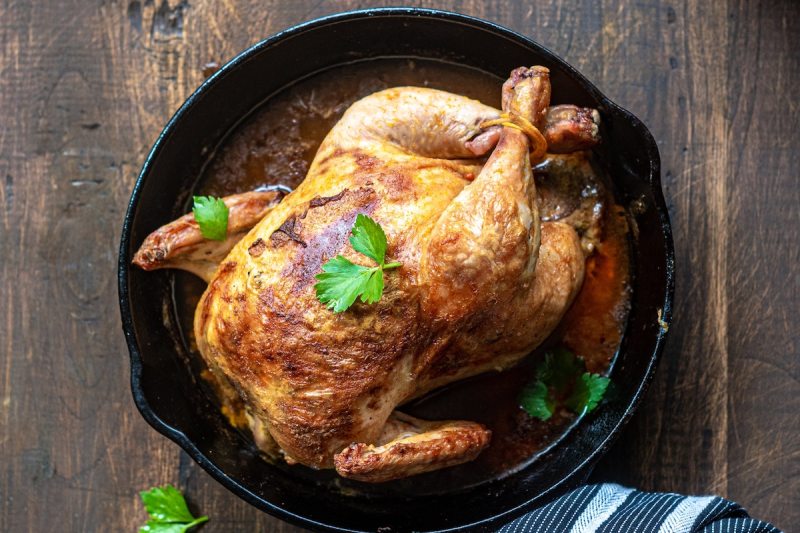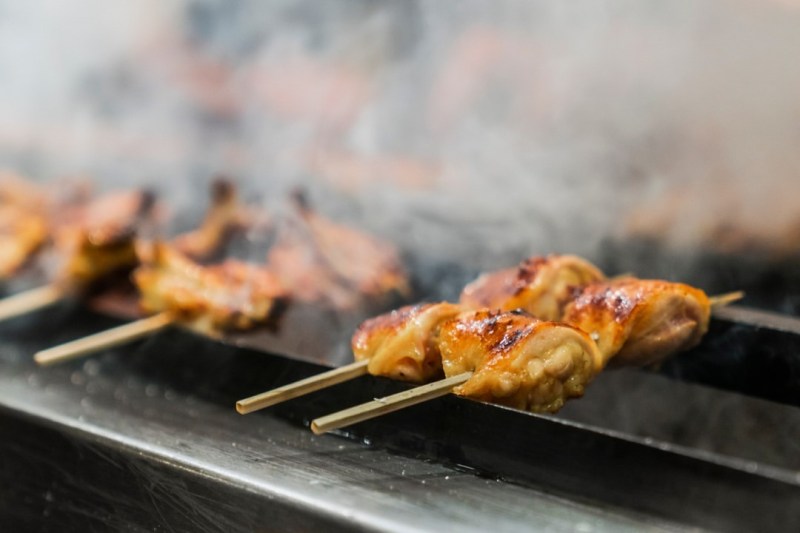
What’s the best part of perfect roast chicken? The tender breast? The juicy thigh? Maybe the crispy skin? Those are all delicious parts of a roasted chicken, but they are also the wrong answer. We’re here to let you in on a little secret that not everyone knows about. The best parts of a roasted chicken are, without a doubt, the two little nuggets of happiness buried on the back of the bird known as the chicken oysters.
The chicken oysters have historically been a snack for the chef, a small payment for a job well done. Not many people are aware of their existence. But we’re here to tell you that after you know where to look, you’ll never forget about them ever again. Every chicken has two oysters, so that means they are a pretty hot commodity and you can decide whether to share the other one or not. We won’t judge you if you don’t.
Where is the chicken oyster?
The oysters are located on either side of the spine, tucked in at the back of the thighs, and while they’re slightly easier to remove from a cooked bird than an uncooked one, you should still remove them if you’re butchering a raw chicken. It’s this location that makes them so special (and tasty).
Since most people cook their chickens breast-side up and the oysters are buried towards the center of the bird where all the moisture is drawn to when cooking, they are protected from the searing heat of the oven and are essentially slow-cooked in fat and roasting juices. Since it’s nearly impossible to find chicken oysters for sale by themselves, our tip would be to pop them out whenever you buy a whole chicken to roast at home and freeze them.
What do chicken oysters taste like?
So what do chicken oysters taste like? If you are a fan of delicious flavor, taking the time to pop out these plump little bites of dark meat will make your day just a little bit better. Supremely tender and unctuous, the oysters have the most “roasted chicken” flavor of any part of the bird.
Once you’ve got a dozen or so, roast them all in a cast-iron skillet with lots of butter, thyme, and garlic, and serve them over a spring pea risotto. On the other hand, if you happen to have an izakaya nearby that serves yakitori, they’ll almost always have oysters on their menu, though usually in short supply. Or keep snacking on them after you roast a chicken. Just don’t tell anyone, and you really can’t lose.

How to cook chicken oysters
Because there are only two chicken oysters per chicken, you might be wondering how to cook these precious treats. The key to chicken oyster enjoyment is thinking about quality over quantity, along with how to maximize enjoyment. And for that, one of the best ways is to do it Japanese style — yakitori.
Chicken oysters are a popular yakitori item. Like other Asian skewers, such as Southeast Asian satay, yakitori are cooked on small wooden skewers over hot charcoal. Here, it’s all about the pure essence of chicken flavor, and skilled yakitori chefs will butcher their own chicken oysters, leaving the skin on for maximum juiciness and flavor. We recommend doing the same. All you need is a grill, skewers, and some tasty chicken oysters, and you’re ready to go.




